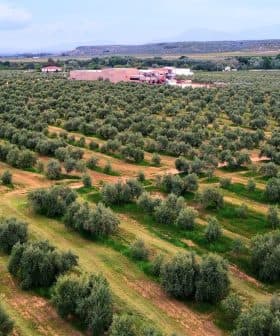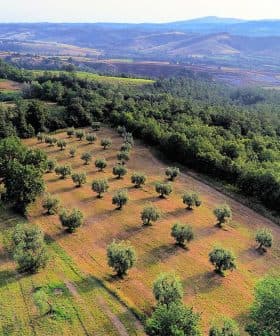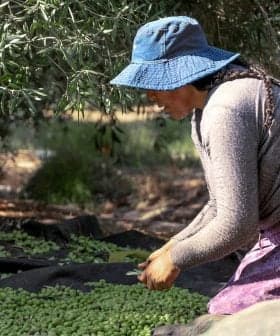Positive Signs for Olive Oil Sector in E.U. Report
The European Commission’s latest short-term outlook for agricultural markets indicates that the progress in the Covid-19 vaccination campaign in Europe is positively impacting the recovery of the agricultural sector, particularly due to the reopening of the foodservice supply chain and easing travel restrictions. Strong demand for E.U. agricultural products from the United States and China is expected to drive the recovery foreseen for the second half of 2021, with increased exports of olive oil and a reduction in stocks contributing to higher prices in main continental markets.
The progress in the Covid-19 vaccination campaign in Europe is positively affecting the recovery of the agricultural sector, according to the European Commission in its latest short-term outlook for agricultural markets.
This is due to the reopening of the foodservice supply chain, the restaurant and hospitality (Horeca) sector and easing of the travel restrictions.
A cautious estimate would suggest the E.U. 2021/22 harvest may be comparable to the current one.
Driving the recovery foreseen for the second half of 2021, the report cites strong demand for E.U. agricultural products from the United States and China. Increased demand from the world’s two largest economies is affecting many food exports, including olive oil.
The report also showed a slow but steady recovery of E.U. exports to the United Kingdom, which dropped significantly after the Brexit transition period began.
See Also:Global Olive Oil Production Will Hit Four-Year High, USDA EstimatesAccording to the commission, the still complex pandemic situation in countries such as Russia, Brazil, India and many parts of Africa, is not having a significant impact on E.U. trade prospects in the coming months.
“Despite an increase of E.U. olive oil production in 2020/21, growing exports and the recovery in domestic demand (+5 percent) are expected to contribute to reducing stocks which are expected to fall below 2017 level,” the commission said.
Those conditions affect the above-average prices for extra virgin olive oil in the main continental markets: Spain, Italy and Greece.
At the moment, prices remain higher than the average of the last five years. According to the commission, in Jaén in May, extra virgin olive oil almost reached €330 euros per 100 kilograms, 20 percent above average.
“Lower olive oil production estimates for Spain resulted in an overall 2020/21 E.U. olive oil production of 2.1 million tons (seven percent above the previous campaign),” the commission said. “This reduction is linked to an overall decline in oil yield (-12 percent). Spain and Italy suffered the most from this (-31 percent and ‑39 percent, respectively).”
The report also showed that European olive oil exports are on pace to set a new record. In the first six months of the last campaign, exports rose by seven percent, with an average price in March of €340 per 100 kilograms.
“Compared to the skyrocketing prices of oilseeds, the lower olive oil prices in some countries could incentivize E.U. domestic consumption and it could grow by five percent, driven by an increase in main producing countries (+7 percent),” the commission said.
According to the commission’s estimates, European olive oil consumption in non‑E.U. countries should stay at the high level of last year while an increase in olive oil exports to Asian countries is expected. Exports at the beginning of the year have been impeded by logistical issues that occurred at the beginning of 2021.
The European Commission also expects to see strong export figures to the U.S., whose olive oil imports from last October to April have grown 24 percent. With the agreement to drop tariffs on a range of manufactured and agricultural goods, including olive oil, E.U. exports to the U.S are now expected to grow even more.
The commission believes that as a result E.U. olive oil exports could exceed 880,000 tons in 2021, an increase of 29 percent compared to the average exports of the last five years.
The report also emphasized how olive oil imports to the E.U. are expected to reach 380,000 tons, which is less than the five-year average. Given growing global olive oil demand, diminishing imports are also expected to help reduce end stocks.
“Despite reported cold weather in some E.U. producing regions, the actual impact on the new harvest is yet to be seen,” the commission said. “In general, the cold spell had a limited impact on flowering in Spain, which in last weeks reported a slight drought.”
“Dry and hot weather over summer will be a factor to monitor. In Italy, southern producing regions… suffered from a temperature drop that came after high temperatures had triggered early flowering,” the commission added. “This raised some concerns about potential lower yields. A cautious estimate would suggest the E.U. 2021/22 harvest may be comparable to the current one.”
“An average production combined with low beginning stocks would continue supporting E.U. olive oil prices in the short term,” the commission concluded.









